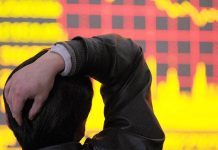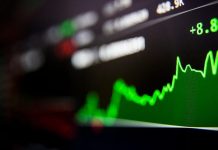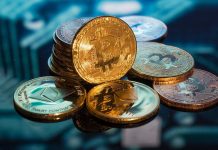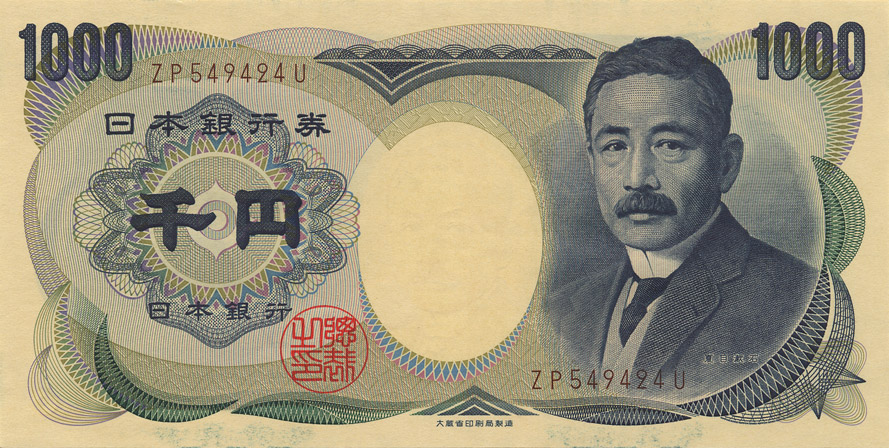
Collapsing Economic Expectations Stoke Dollar Slump
Financial markets continue to call the Federal Reserve’s interest rate bluff as evidenced by the latest rout in the US dollar index. Even though the latest FOMC decision was widely interpreted as less dovish or more hawkish depending on the viewpoint, the US dollar was unmoved, especially after the dismal second quarter GDP reading and downward revision of the first quarter results. While it has been easy to cheerlead the economy for the last several weeks amid optimistic housing data and a better inflation outlook, the diminished prospect of further monetary policy normalization has forced the dollar to retreat from multi-month highs. Should employment data due out later in the week disappoint expectations, the prospect of another interest rate hike over the medium-term would deteriorate significantly, sending the US dollar even lower and stoking speculation of the potential for further monetary stimulus.
The Devil Is In The Data
With the Federal Reserve maintaining its data dependent stance when it comes to setting monetary policy, there have been a number of recent ups and downs that contribute to a sense of growing unease amongst voting members of the Federal Open Market Committee. While inflation has been continuing to rebound, edging closer to the longer-term 2.00% targeted under the Federal Reserve’s mandate, the figure remains at half the target, with consumer price inflation trending near 1.00% on an annualized basis. However, helping inflation towards its goal was the recent pickup in producer prices. Due to the fact that rising producer prices are typically passed along to end-consumers, any movement higher in the producer price index will normally precede heightened consumer price growth. In this respect the Federal Reserve may be closer than it has been in years to tightening interest rates.
Though inflation may be approaching its target quicker than previously anticipated, employment hangs in the balance, especially after several extremely volatile reporting periods. May nonfarm payrolls printed at the lowest levels in years, followed by the June figure which outstripped even the highest of analyst forecasts by a wide margin to the upside. The ADP nonfarm employment number due on Wednesday combined with the official nonfarm payrolls figure from the Bureau of Labor Statistics set to be reported on Friday will be of critical important in determining whether or not a September rate hike is actually conceivable. Expectations are for 180,000 jobs added during the month of July, however, any miss of expectations and downward revision of the prior month’s runaway results will likely sink the US dollar even further from present levels as traders delay their rate hike expectations.

Economy at a Tipping Point
The latest GDP data underscored a rising problem for policymakers at the Central after it was revealed that the economy grew at a pace that was meaningfully less than expectations. After forecasting 2.60% growth during the second quarter, economists were disappointed to see meager 1.20% growth with the first quarter expansion revised downwards to 0.80% from the 1.10% reported at the end of June. The results from the second quarter marked the slowest pace of growth since 2011, adding to anxiety about the pace of economic expansion. Major drivers of the more sluggish pace of expansion were falling inventories and reduced business investment. This is additionally portrayed by the ongoing slump for durable goods orders, the latest release of which showed the pace of investment in longer-term assets falling by -4.00% month over month.
Outside of reduced business confidence, consumption, while a major driver of GDP expansion, has also been feeling the heat. The Conference Board’s consumer confidence figures reflect the growing sense of fading confidence in the outlook. Taken together, these factors have severely reduced rate hike expectations. According to the CME Group, which tracks the market’s pricing of the probability of an interest rate hike based on Fed Funds futures, traders are only pricing in a 12.00% chance of a 25 basis point rate hike in September, versus Goldman Sachs which believes the odds are a substantially higher 30.00%. Looking further out on the futures curve, the reality is not much better for even December, with only a 33.00% chance of rates rising from the current 0.50% setting. Besides sending the dollar plunging, the response in commodities was palpable, with both precious metals and energy prices rising in response.
Looking Ahead
After reaching the highest levels since March, the US dollar index has come under renewed pressure following a slew of poor data that hurt the possibility of interest rates rising further before the end of 2016. The only two items likely to drive speculation of additional monetary policy normalization at this point is rising inflation and strong job creation. Absent these two factors, no movement on rates is likely, sending the dollar towards June lows. However, if the recent retreat in the dollar was more of a correction, a trend that remains intact will likely see another test of the March highs during the coming weeks, especially if markets expect an upward revision to second quarter GDP. Nevertheless, with nonfarm payrolls on deck for the end of the week, the US dollar stands at a critical juncture as it awaits the data for feedback.
Tradersdna is a leading digital and social media platform for traders and investors. Tradersdna offers premiere resources for trading and investing education, digital resources for personal finance, market analysis and free trading guides. More about TradersDNA Features: What Does It Take to Become an Aggressive Trader? | Everything You Need to Know About White Label Trading Software | Advantages of Automated Forex Trading












































